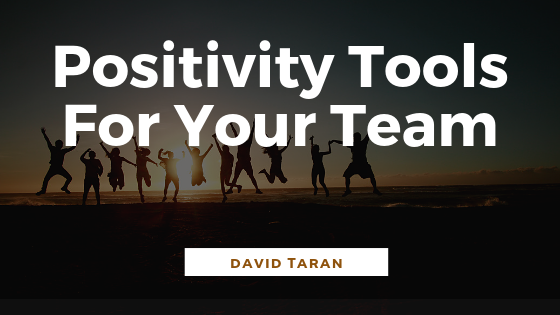
Negativity can be entirely too easy to pay attention to in the workplace; it is simple to focus on things that are going wrong or not working during change times. This approach’s main problem is that when attention and focus are directed toward problems, energy is not being oriented primarily toward a solution. Of course, clarity is vital about the things not working, complications that have arisen, and downfalls, but a solely negative focus is extremely limiting. A tool from a psychology and coaching angle that teams can use focuses more on positivity, according to David Cooperrider and Suresh Srivastva.
Teams and organizations, according to the principles of Cooperrider and Srivasta’s Appreciative Inquiry, will grow in whichever direction their attention is focused. Thus, when the consideration at hand is making changes, focusing attention on solutions and possibilities rather than things that have gone amiss offers more opportunity for growth in a positive direction. Those able to identify strengths, solutions, the best of what is available and those ways in which it can be improved upon have a far greater likelihood to move forward in optimal ways instead of becoming bogged down in a problem talking cycle.
The tool involved here is a procedure to follow for the development of strategies, finding the best solutions, ways forward, and ideas within an organization or team. Throughout this model, one should strive to be continually asking questions that are positive, particularly in the first two stages. This process has four Ds: discover, dream, design, and deliver.
The first stage centers on the identification of and appreciation of the resources and strengths that are working well. This step fosters increase energy, good feelings, and positive emotion. The next stage focuses on the exploration and imagination of what could be. Treat the dreaming stage as a big brainstorm session where ideas flow freely. In the third stage, design, the team moves on to thinking less about what can be, and more about what should be. Here one realizes the vision as well as the way forward. The final stage is delivery and in this stage, the focus should be seeking what will make the plan sustainable and deliverable. It is the culmination of the stages.
Article originally published on DavidTaran.org

